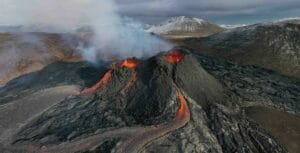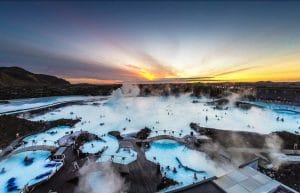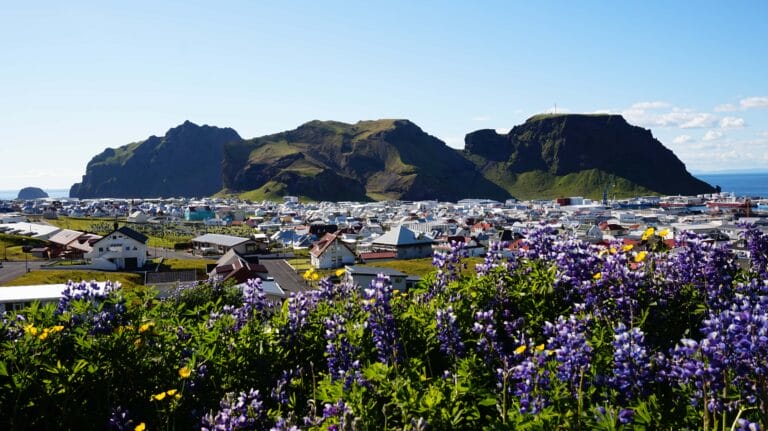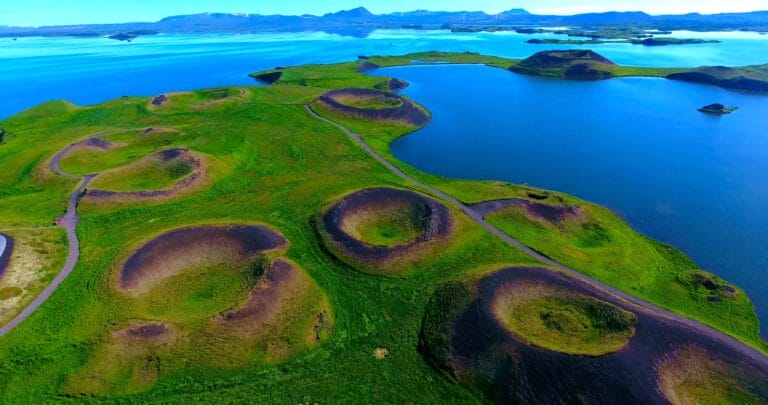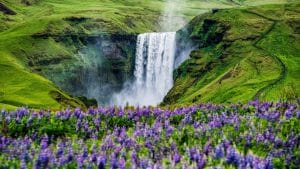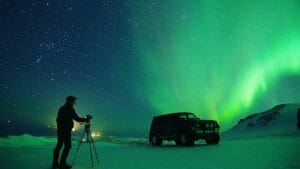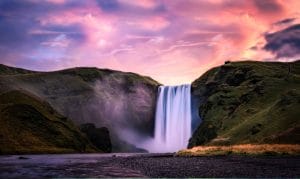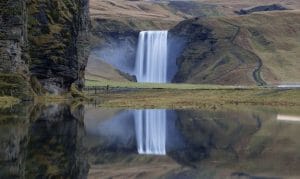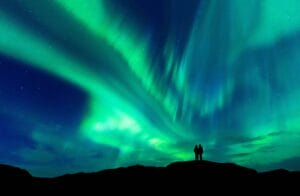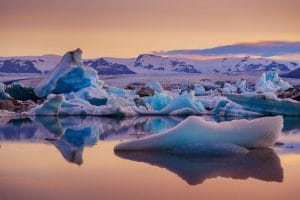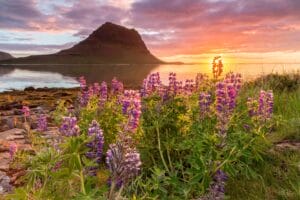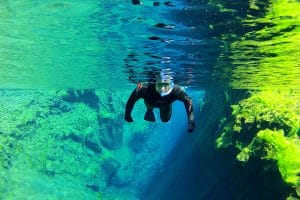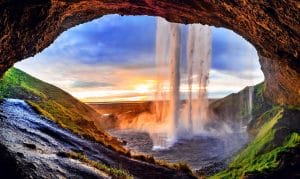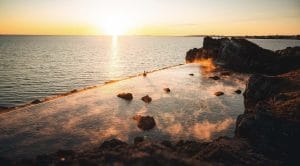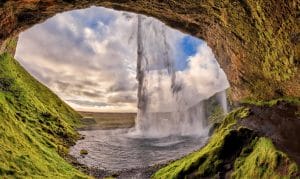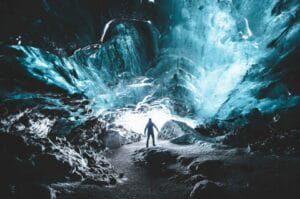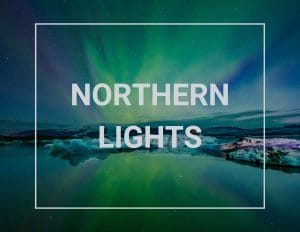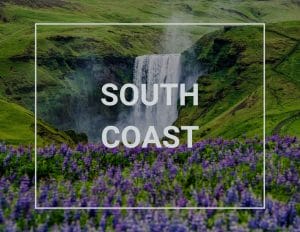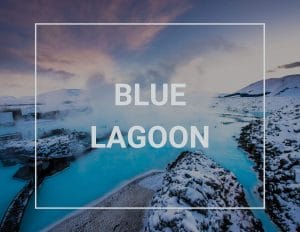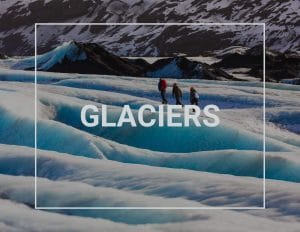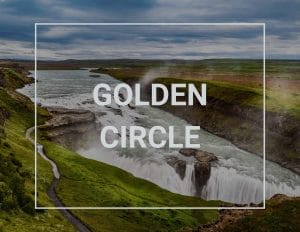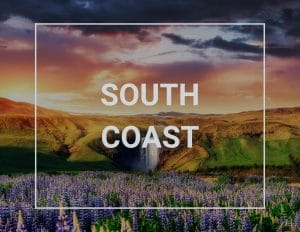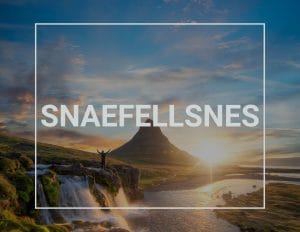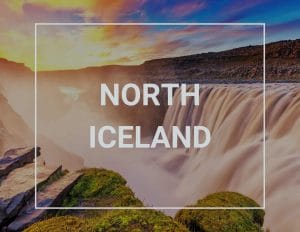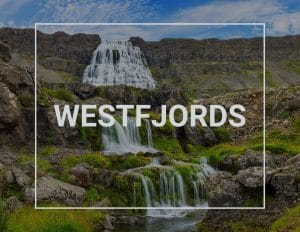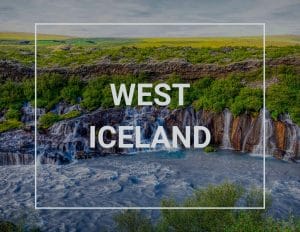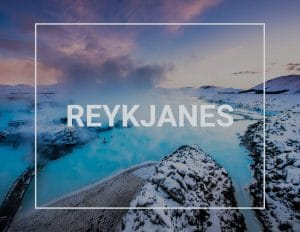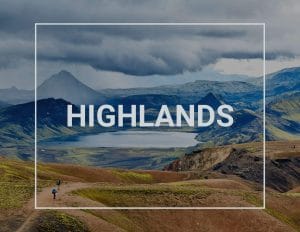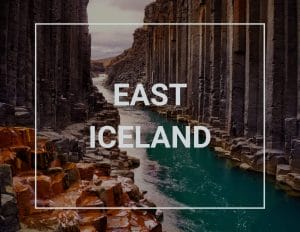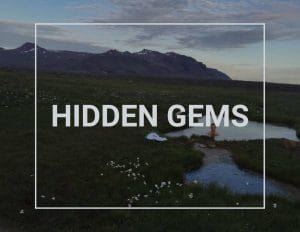Basic Information
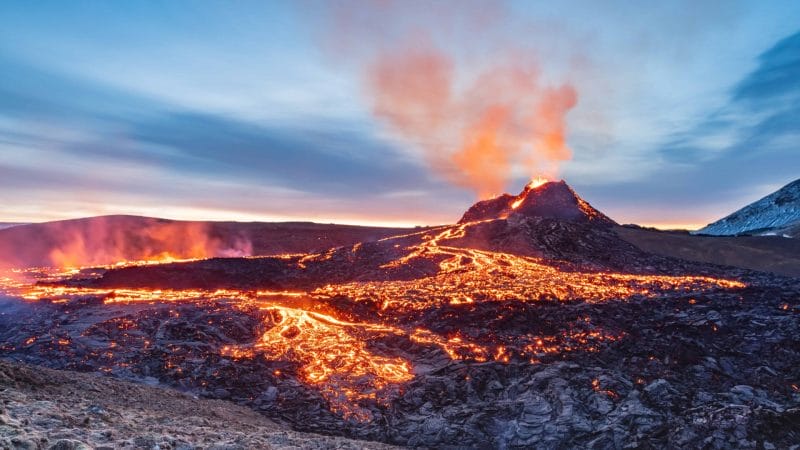
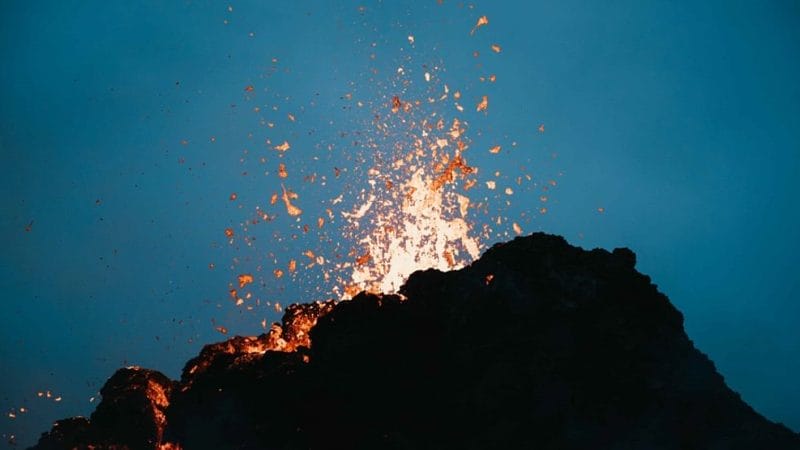
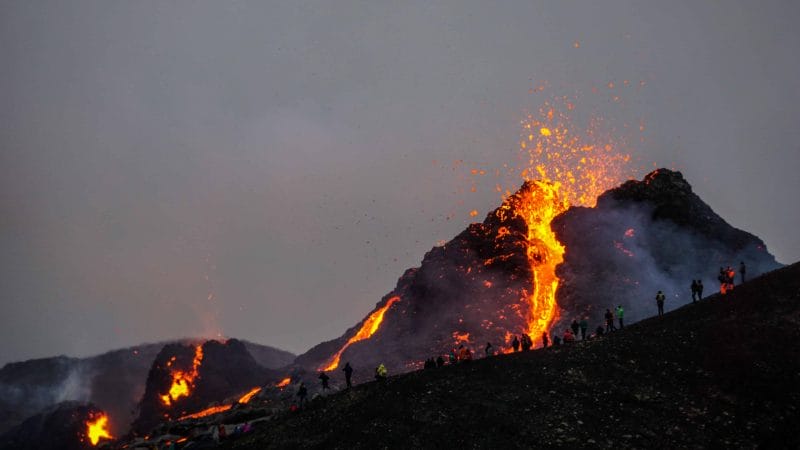
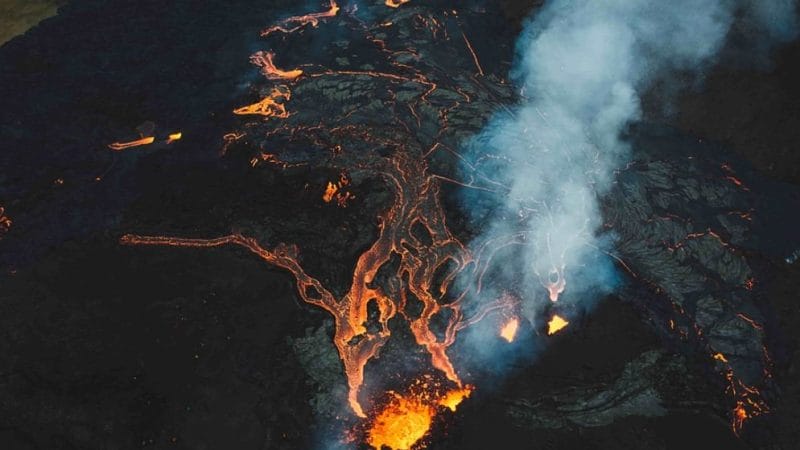

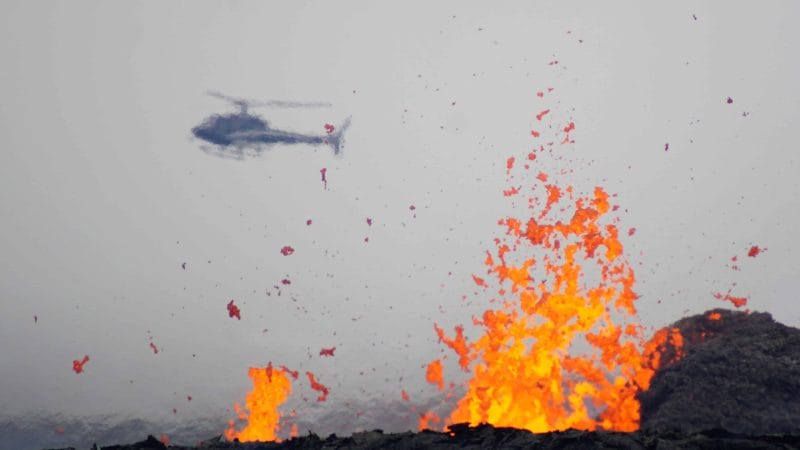

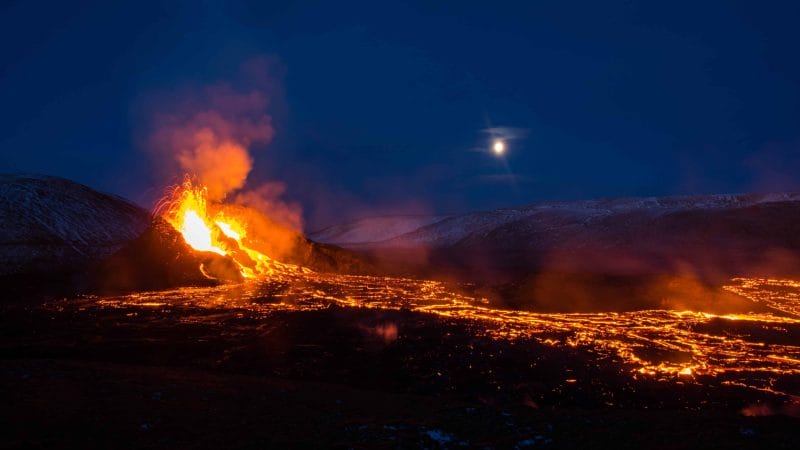
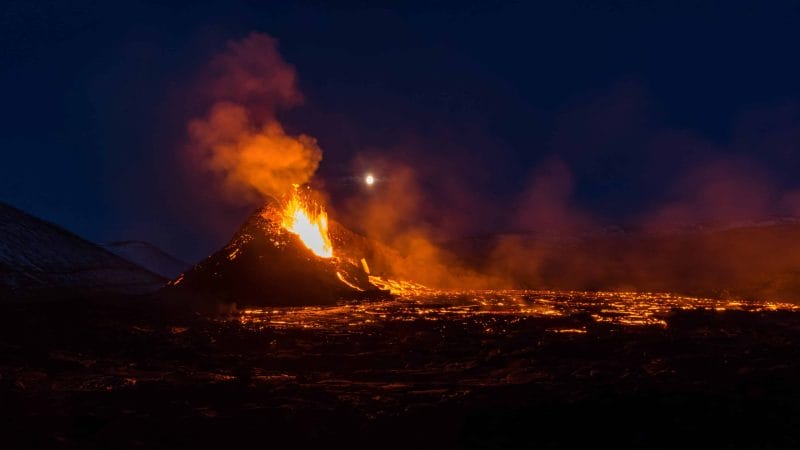
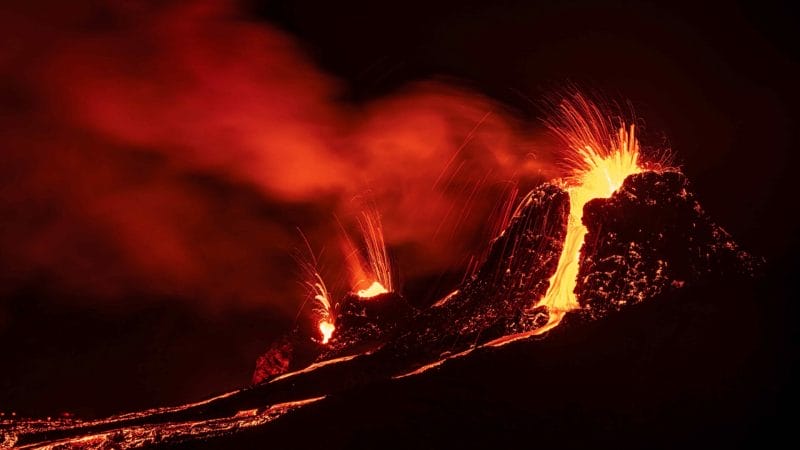
The land of the volcanoes has yet another treasure to present to visitors and those who enjoy an adventure. The Fagradalsfjall volcano is a beautiful landmass similar to those surrounding it on the majestic Reykjanes Peninsula. The Fagradalsfjall mountain is classified as a tuya volcano. This is a type of volcano that has a flat top with steep sides, almost like a table. A tuya volcano is formed when lava erupts through a thick ice sheet or a glacier. The type of volcano is rare to find across the globe and is confined to regions that were once covered in glaciers and had active volcanism, just like Iceland.
The eruption in Fagradalsfjall volcano began in March 2021. Before that, the volcano erupted during the last glaciation under the ice shield. The broader Fagradalsfjall volcanic system encompasses an area of various cones, naturally formed lava fields and eruptive fissures, also known as a fissure swarm. All of these elements come together in the southern part of the Reykjanes peninsula, Iceland, composing a stunning must-visit site for both, tourists and locals.
The majestic volcano can easily be mistaken to be taken out of a painting, with its earthy colors helping it blend beautifully with the surrounding landforms. It is a part of the Krysuvik system located on the Reykjanes Peninsula. Until the 2021 eruption, the system had been inactive for the past 900 years, according to the Icelandic Meteorological Office, while the last eruption that turned the skies of the Reykjanes Peninsula orange, dates back almost 800 years, to 1240.
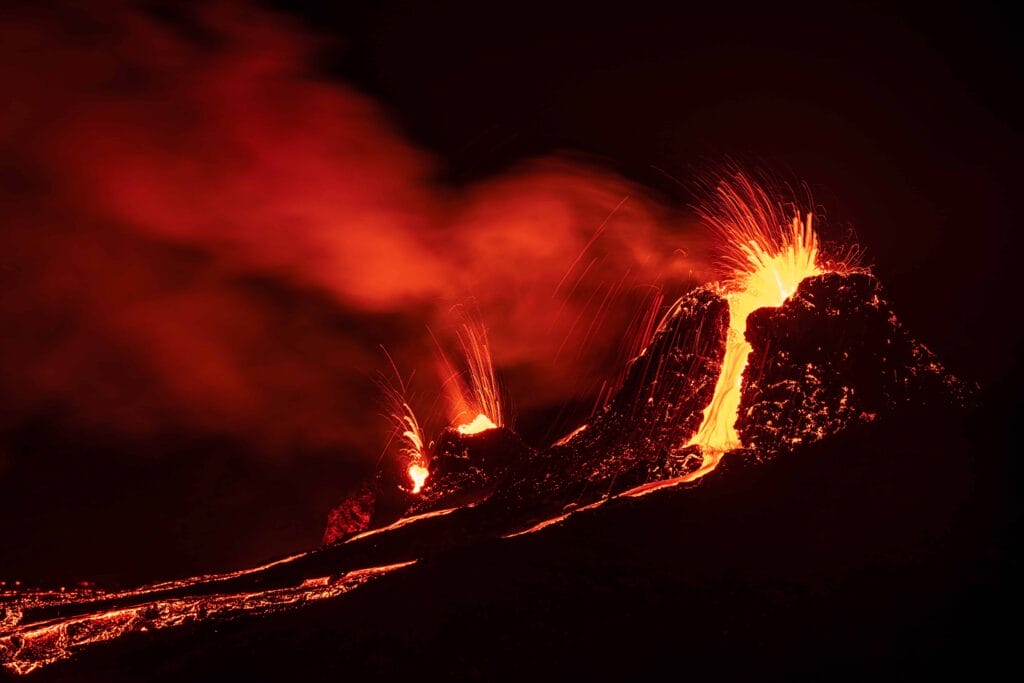
Geological activity, Earthquakes and Eruption
Pushing Eurasia and North America away from one another constantly, Iceland is located on a tectonic plate boundary that continually splits apart. Though Iceland is rich in volcanic sites and is accustomed to the occasional tremor, the year 2021 brought an unusual period for Iceland with quakes that hit the southwestern region of Reykjanes. After a swarm of over 20,000 earthquakes and tremors that started on 24 February 2021, the Fagradalsfjall Volcano finally erupt on 19 March 2021. Today the eruption has been going on for 6 months.

The first in the area since the 12th century, the eruption was not a lava-spewing explosion that shot magma and soot into the air, causing chaos. This eruption of the Fagradalsfjall Volcano was slow and steady, leaving an eruptive fissure approximately 500-700 meters long. This means that the lava emerged slowly from cracks and fissures that were created on the surface of the Fagradalsfjall mountain. In the beginning the lava area covered less than a kilometer with only small fountains here and there, making the lava flow a very local hazard. Seismic activity was trivial, spreading around the Fagradalsfjall area, while zero indication of tephra and ash production made sure there was no cause for widespread discomfort.
The source of the eruption was the large body of molten rock, magma, that thrust its way up to the earth’s surface. The rising and pushing of the magma are what instigated over 40,000 earthquakes in just 4 weeks, leaving locals sleepless and tired. Many locals and travelers has now been to see the Fagradalsfjall volcano erupt and enjoy the view that the flowing lava displays. It is very rare that you can get so close to an erupting volcano, it has not happened in Iceland in thousands of years. Because of the location of the volcano, travelers can easily hike very close to the volcano.
Most people find it more comfortable to book a guided tour to see the erupting volcano. You can find different tours that take you to the volcano here.
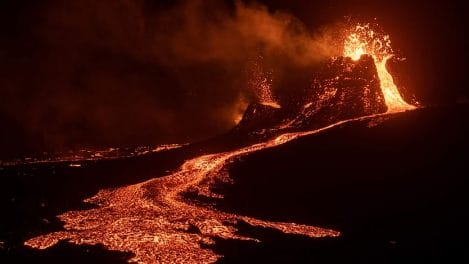
Map of Fagradalsfjall Volcano
Interesting locations in the area
Locations
- Blue Lagoon
- Brimketill
- Gunnuhver
- Krýsuvík
- Skátalaug hot spring
- Grænavatn
- Krísuvíkurberg cliffs
- Leiðarendi Lava Cave
Hotels & Restaurants
- Guesthouse Borg
- Harbour View
- Northern Lights Inn
- Park Inn
- Moss Restaurant
- Hjá Höllu
- Café Bryggjan
- Veitingahúsið Brúin

